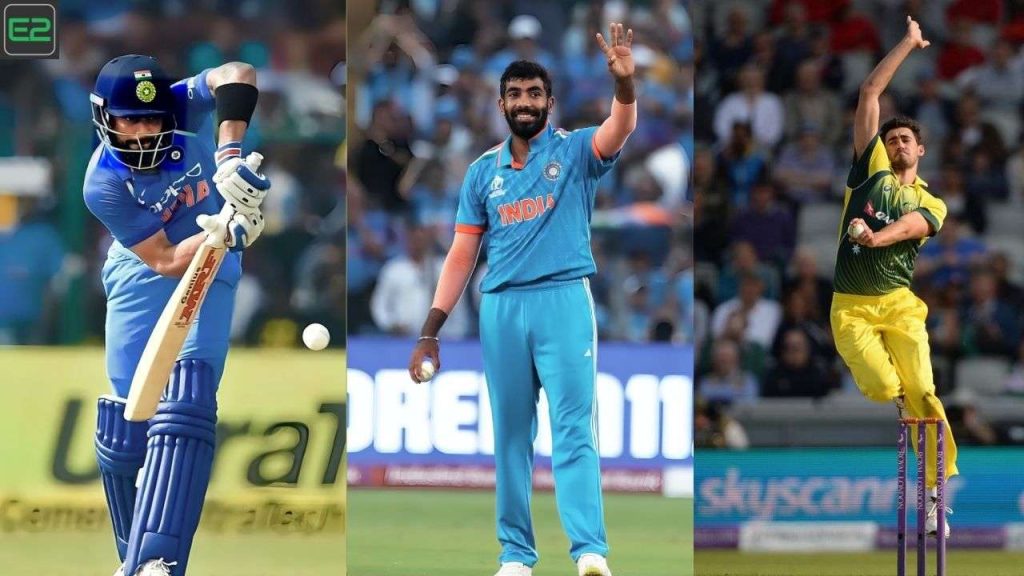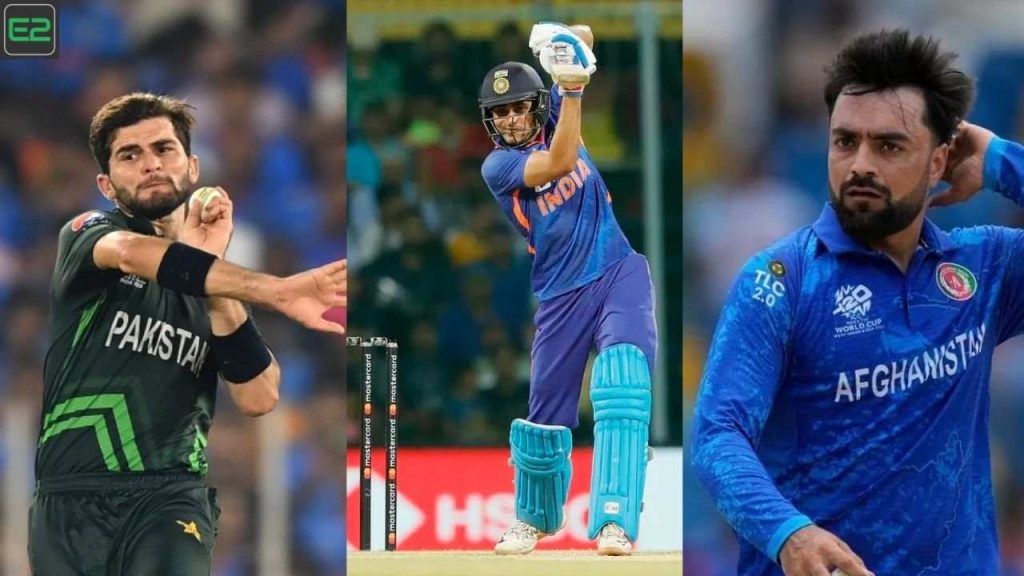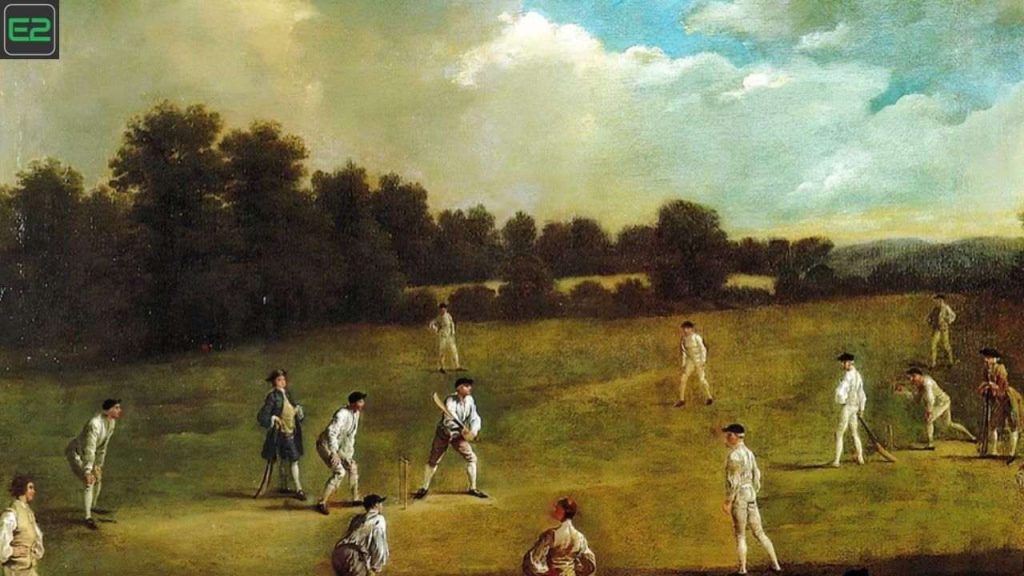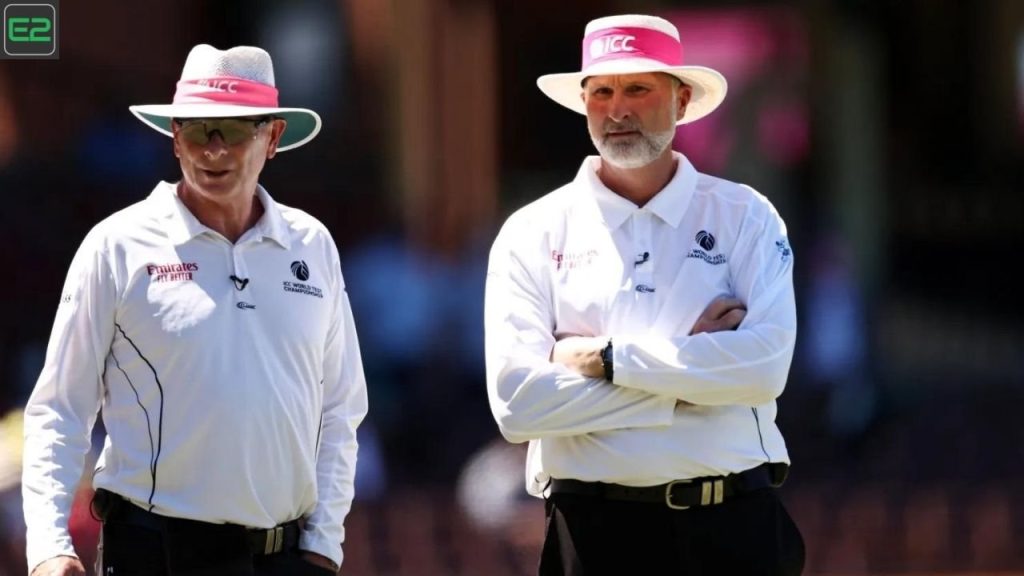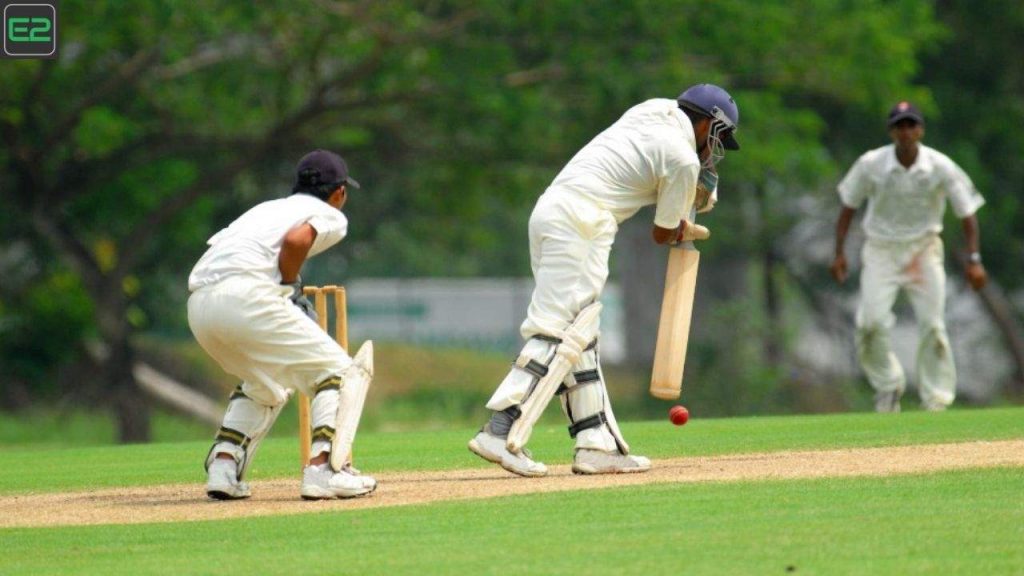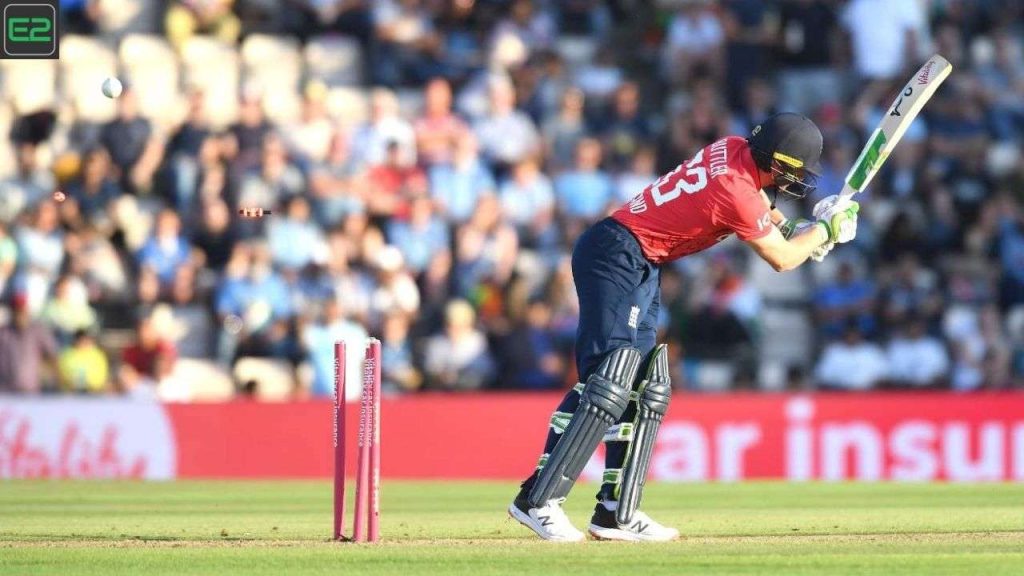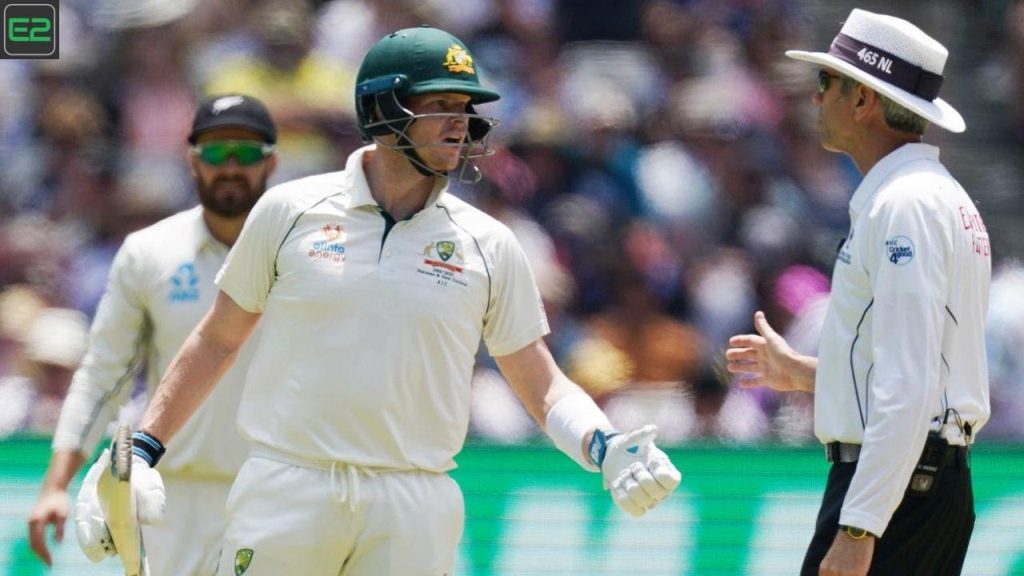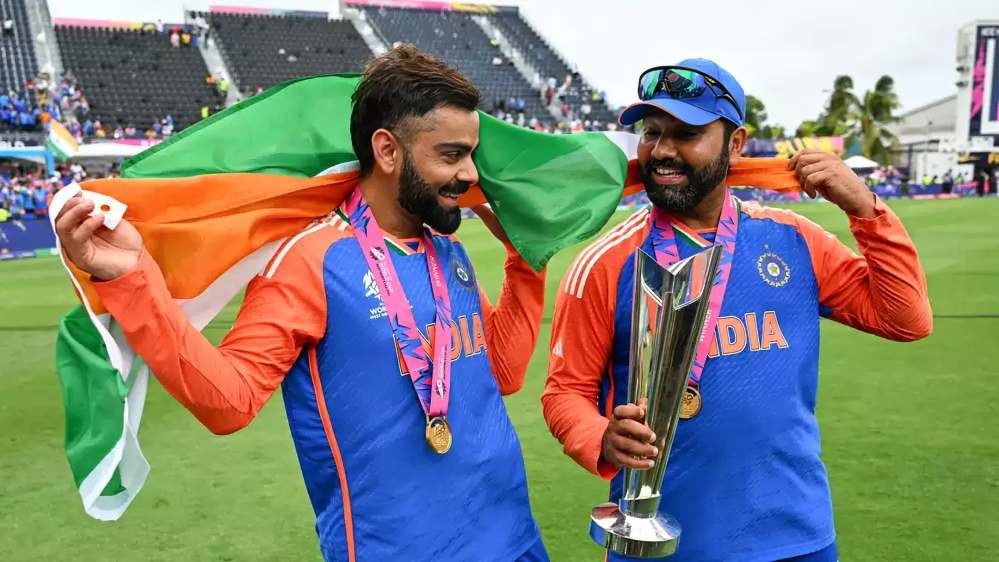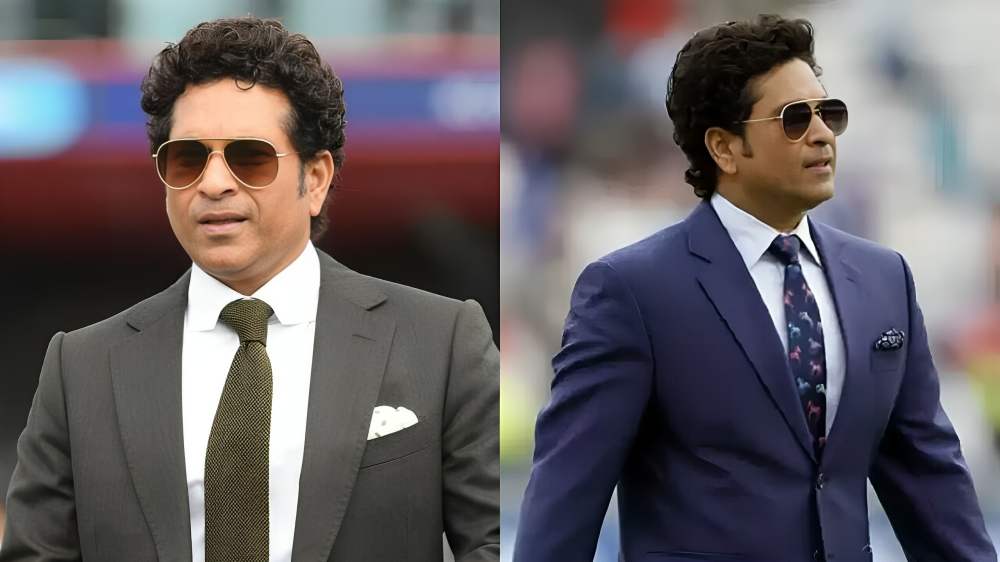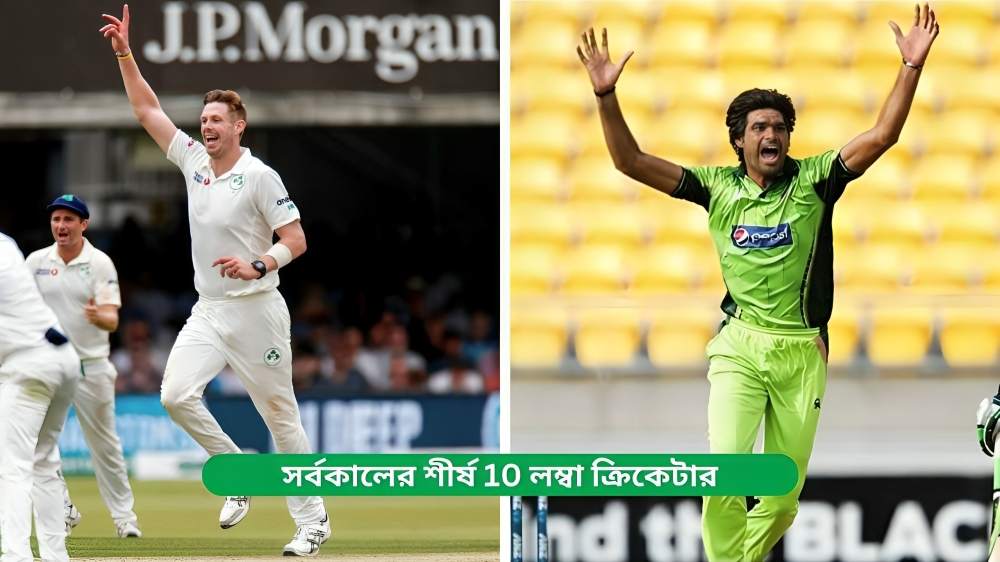BPL Cricket: The Bangladesh Premier League (BPL) is a professional Twenty20 cricket league in Bangladesh that has gained considerable popularity since its inception. Like other T20 leagues around the world, the BPL is a fast-paced, action-packed cricket tournament where both local and international cricketers compete for glory. The BPL serves as a platform for Bangladeshi cricketers to showcase their skills alongside some of the world’s best cricketers.
BPL Cricket: In this article, we will explore the full form of BPL, its origin, significance, structure, and how it has become one of the major cricketing leagues globally. We will also analyze its impact on Bangladeshi cricket, the role of foreign players, and how it has contributed to the development of T20 cricket both in Bangladesh and worldwide.
BPL Cricket: What Is The Full Form Of BPL?
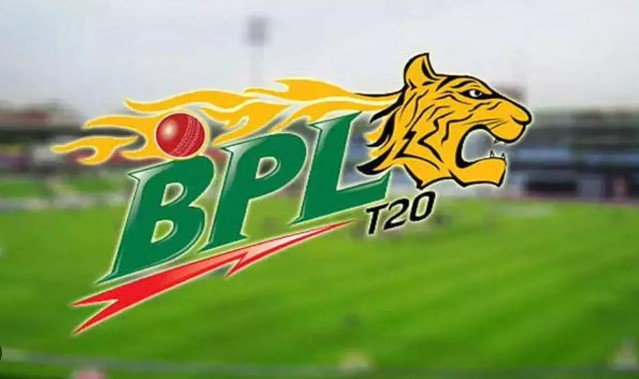
BPL Cricket: The BPL stands for Bangladesh Premier League. It is a T20 cricket league that was established in 2012 by the Bangladesh Cricket Board (BCB) to provide a domestic competition that features both international and local players. The league has since grown into one of the most exciting T20 tournaments in the cricketing world. The BPL takes place annually and attracts large audiences both inside the stadium and through television broadcasts. The league is played in a franchise format, where various teams are owned by corporate entities or individuals.
History And Formation Of The Bangladesh Premier League
BPL Cricket: The BPL was officially launched in 2012, following the success of T20 leagues such as the Indian Premier League (IPL), the Big Bash League (BBL) in Australia, and the Caribbean Premier League (CPL). The main idea behind the formation of the BPL was to generate more interest in the game, provide a platform for Bangladeshi cricketers to play with international stars, and create an exciting competition for fans.
BPL Cricket: The first edition of the BPL was played in 2012 with six franchises, and it was an immediate success. The competition showcased thrilling matches, featuring some of the biggest names in world cricket. The tournament was initially a big hit with the Bangladeshi audience, and the commercial success encouraged the organizers to continue the tournament in subsequent years.
BPL Cricket: However, the league faced several challenges in its early years, including controversies surrounding match-fixing and financial issues. Despite these challenges, the BPL continued to evolve, improving year after year, with stricter regulations and better organization.
Structure Of The Bangladesh Premier League
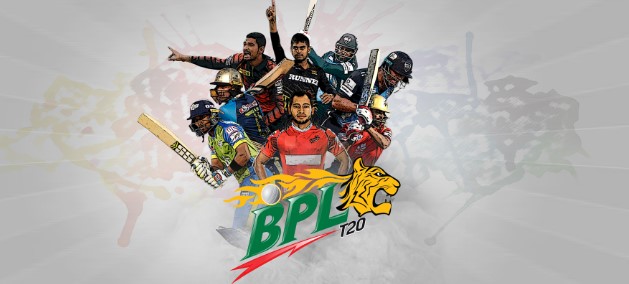
BPL Cricket: The BPL features a round-robin format where teams play each other in the league stage, followed by playoffs and the final. Here’s a brief breakdown of the structure of the BPL:
Teams: The BPL consists of multiple franchises, each representing a city or region in Bangladesh. The number of teams has varied over the years, with the current season featuring 6 franchises.
Auction: Like most T20 leagues around the world, BPL holds a player auction before the start of the tournament. This is where the franchises buy both international and local players. The franchises are required to create a balanced team, ensuring they have a mix of experienced internationals, local talent, and emerging players.
League Stage: The teams compete in a round-robin format, where each team plays the others. Points are awarded for victories, and the top teams progress to the playoffs.
Playoffs: After the league stage, the top teams qualify for the playoffs, which include the Qualifier (for direct qualification to the final) and the Eliminator (where the loser is eliminated from the competition).
Final: The top two teams from the playoffs compete in the final to determine the winner of the BPL.
Prize Money: The winner of the BPL receives a substantial amount of prize money, as well as the prestigious BPL trophy. The league also rewards individual performances, with prizes for the Best Player of the Tournament, Highest Run Scorer, Highest Wicket-Taker, and other categories.
History And Timeline Of BPL Editions
| Year | Season | Number of Teams | Winner | Runner-Up |
|---|---|---|---|---|
| 2012 | 1st | 6 | Dhaka Gladiators | Chittagong Kings |
| 2013 | 2nd | 6 | Mashrafe’s Dhaka | Chittagong Kings |
| 2015 | 3rd | 7 | Comilla Victorians | Barisal Bulls |
| 2016 | 4th | 8 | Dhaka Dynamites | Rajshahi Kings |
| 2017 | 5th | 7 | Rangpur Riders | Dhaka Dynamites |
| 2019 | 6th | 7 | Dhaka Dynamites | Khulna Tigers |
| 2020 | 7th | 8 | Rajshahi Royals | Khulna Tigers |
| 2021 | 8th | 6 | Comilla Victorians | Fortune Barishal |
The Impact Of The BPL On Bangladesh Cricket
BPL Cricket: The BPL has had a profound impact on cricket in Bangladesh, contributing to the development of the sport in several ways:
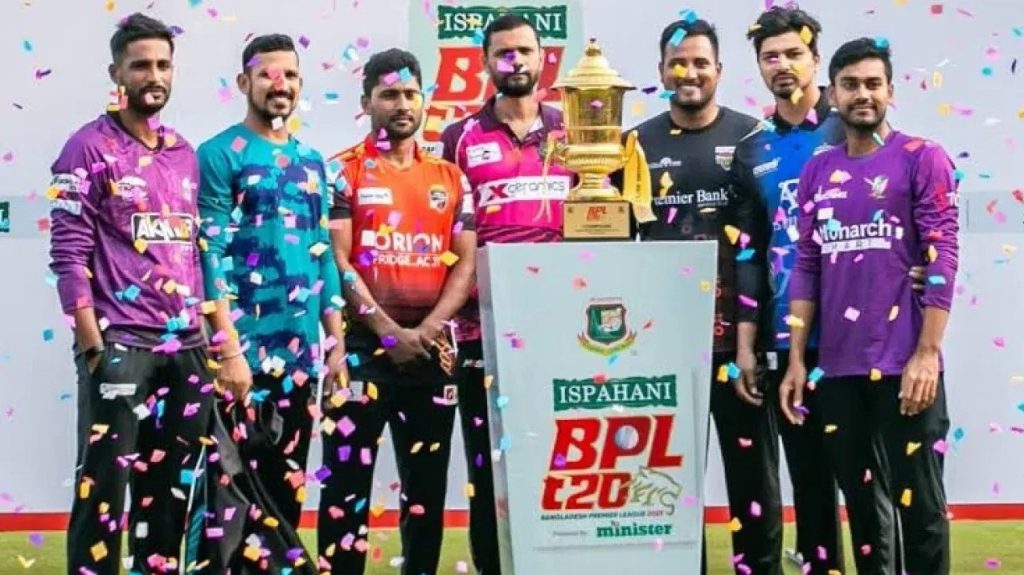
Exposure to International Talent: One of the biggest benefits of the BPL is the exposure it provides to Bangladeshi cricketers by allowing them to play alongside top-tier international players. These collaborations offer invaluable learning experiences for local players, raising their skill levels and enhancing their cricketing knowledge.
Boost to Domestic Talent: The BPL has also given a platform for emerging Bangladeshi cricketers to showcase their talent. Players who may have been unknown or played in the domestic circuit have had the opportunity to shine in the league and earn a place in the national team. The exposure to world-class coaching and facilities in the league helps these players grow.
Financial Growth and Popularity: The tournament has attracted significant sponsorships, broadcasting deals, and viewership, which has led to increased commercial viability for cricket in Bangladesh. The success of the BPL has had a direct effect on the growth of cricket in the country, both in terms of financial inflow and fan following.
Improved Infrastructure: The money generated by the BPL has contributed to the improvement of cricketing infrastructure in Bangladesh. New stadiums have been built, and existing ones have been renovated to accommodate the growing demand for high-quality facilities.
National Team’s Success: Many of Bangladesh’s key players, such as Shakib Al Hasan, Tamim Iqbal, and Mashrafe Mortaza, have used the BPL as a springboard to national success. The BPL serves as a crucial preparation ground for players before they take part in international tournaments.
International Players In BPL
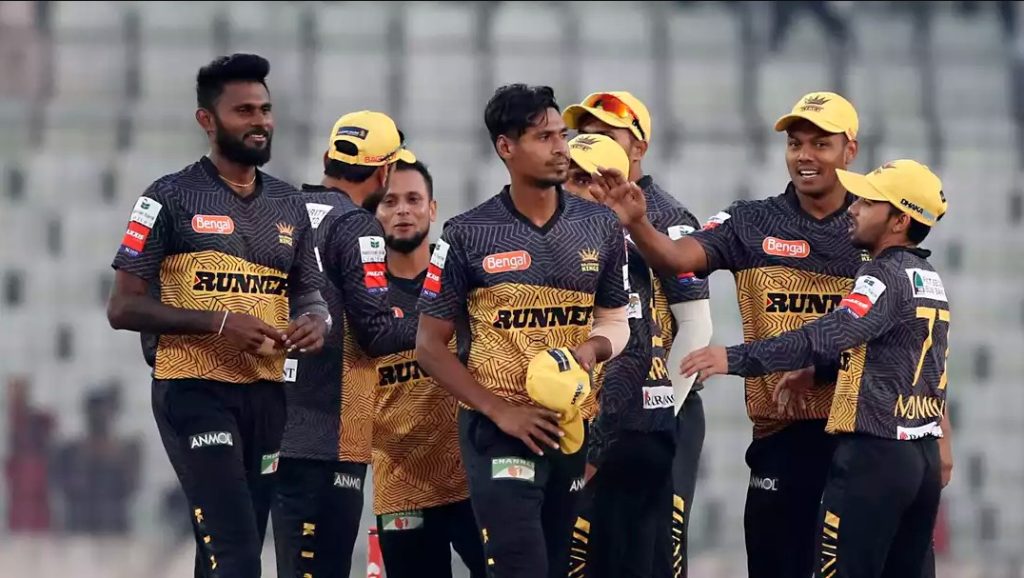
BPL Cricket: The allure of playing in the BPL is not limited to Bangladeshi players. The tournament regularly attracts some of the biggest names in world cricket. Over the years, international players such as Chris Gayle, AB de Villiers, Shahid Afridi, Lasith Malinga, and Dwayne Bravo have played in the BPL, adding star power to the tournament and elevating its global stature.
BPL Cricket: These international players bring their experience and flair to the BPL, enhancing the quality of the matches and helping raise the overall standard of play. The blend of local and international players makes the BPL a highly competitive and entertaining tournament.
The Future Of BPL
BPL Cricket: As the BPL continues to grow, its future looks bright. The Bangladesh Cricket Board (BCB) is working towards improving the league’s structure, increasing the number of franchises, and attracting more global stars to the tournament. In the coming years, the BPL could see an expansion in terms of the number of teams, improved management, and increased investment in the domestic cricket infrastructure.
BPL Cricket: With its increasing popularity, the BPL has the potential to become one of the most sought-after T20 leagues globally, akin to the Indian Premier League (IPL) or the Big Bash League (BBL).
Conclusion
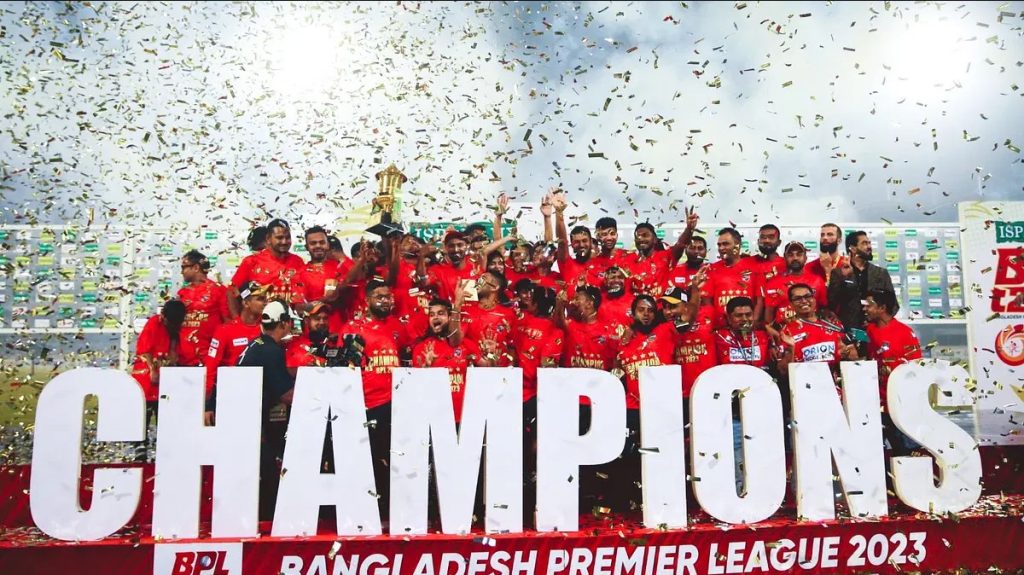
BPL Cricket: The Bangladesh Premier League (BPL) is more than just a T20 cricket competition. It has become a key event in the global cricketing calendar, with its ability to showcase both local and international talent. The BPL has not only contributed to the development of Bangladeshi cricket but has also played a crucial role in elevating the stature of T20 cricket in the country. As it continues to evolve, the BPL promises to offer exciting cricketing action and remains a crucial part of the cricketing ecosystem in Bangladesh.


